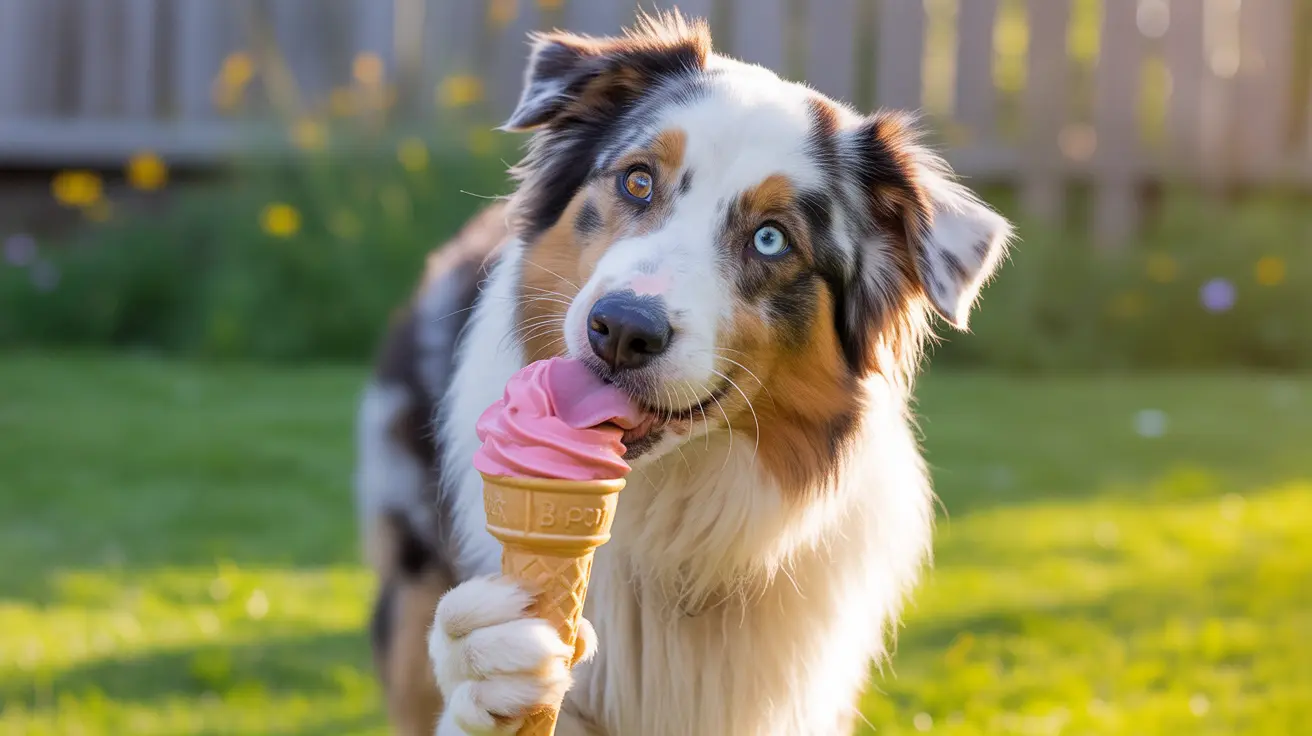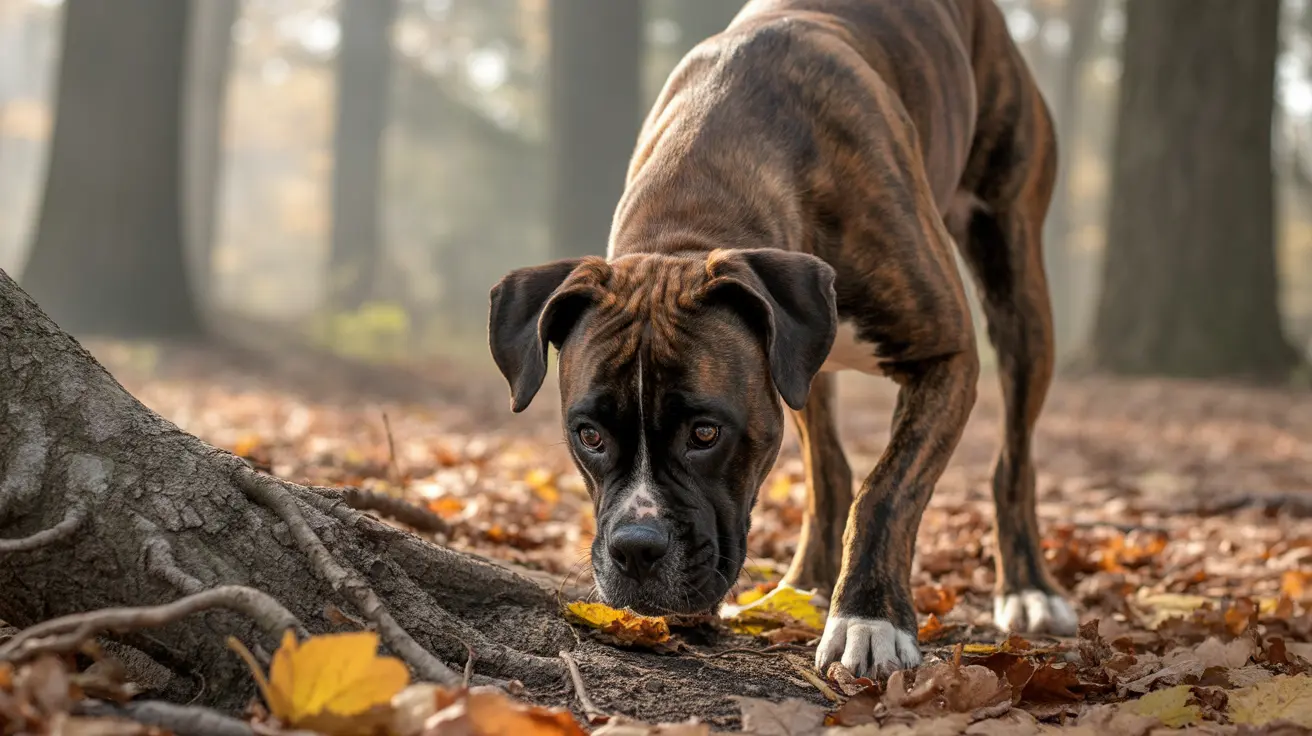Why Your Dog Always Wants to Be on Top of You
Many dog owners have experienced their furry companion constantly trying to sit on them, whether it’s on the couch, in bed, or even when sitting on the floor. While it might seem like quirky behavior, there are actually several reasons a dog may prefer close physical contact. Understanding this bonding behavior can help strengthen your relationship and address any potential issues.
1. Seeking Comfort and Security
Dogs are social animals that thrive on companionship. Physical closeness gives them a sense of safety and protection. Sitting or lying on their owner can replicate the warmth and closeness they experienced as puppies with their mother and littermates. It’s especially common during stressful situations like thunderstorms or fireworks, where proximity to you helps them feel safe and calm.
2. Expressing Affection
One of the most common reasons your dog wants to be on top of you is pure affection. Some breeds are naturally more cuddly and inclined to stay physically close. From small lapdogs like Chihuahuas and Maltese to large breeds like Golden Retrievers or Great Danes, sitting on you is a way for them to bond and show love.
3. Seeking Attention and Interaction
Sometimes, your dog may sit on you to get your attention or start a play session. This behavior often becomes reinforced when:
- You respond with petting or talking to them.
- You provide treats or start playing.
- You smile or laugh, positively reinforcing the action.
Dogs are intuitive and quickly learn what behaviors get a reaction.
4. Marking Their Territory
Dogs possess scent glands on different parts of their body. When they sit on you, they may be leaving their scent as a way of claiming you. This is more noticeable if there are other pets in the home or if you've recently interacted with other animals. Some dogs also exhibit this behavior as a form of resource guarding, occasionally showing aggression if other animals approach their 'human'.
5. Learned and Reinforced Behavior
If you’ve rewarded your dog with affection or treats when they sit on you, you’ve likely reinforced this behavior. Dogs repeat actions that bring them desirable outcomes. If sitting on you leads to pets or cuddle time, they’ll continue doing it to get the same results.
6. Dealing with Separation Anxiety
Some dogs suffer from separation anxiety, which can manifest as constant following, sitting on you, or being overly clingy. Accompanying symptoms may include:
- Excessive panting or drooling
- Whimpering or whining
- Destructive behavior when left alone
Being physically close to their owner often provides anxious dogs with a much-needed sense of security and reassurance.
7. Breed-Specific Behavior
Some breeds, like Bernese Mountain Dogs or Vizslas, are known for close human bonding. These dogs naturally seek human touch and often place themselves on or nearby their owners. Breeds that have been socialized for interaction or bred for companionship display this behavior more often than independent or working breeds.
8. Asserting Dominance
Occasionally, a dog may try to sit on you as a way to assert dominance over other pets. This can occur after the introduction of a new animal into the household. Signs of dominant behavior include:
- Growling or barking when others approach
- Refusal to share your space with other pets
- Possessiveness over people or items
If this becomes aggressive or problematic, consult a professional dog trainer or veterinarian.
9. Temperature Regulation
More than just for emotional reasons, dogs also seek body contact for physical comfort. Your body heat might help them regulate their own temperature during cold weather. In some cases, the pressure from lying on you might simply offer relief or a grounding sensation.
10. Boredom or Play Invitation
Sometimes dogs just want something to do. If your dog hops on your lap or chest while you’re sitting on the ground or relaxing, they could be inviting interaction. It could mean they’re bored and need mental or physical stimulation.
Can You Train Your Dog to Stop?
Yes, if the behavior is unwanted or inconvenient, you can train your dog to choose a different spot. Use these techniques:
- Teach a "place" command with a designated dog bed
- Reward behavior when they choose their spot instead of your lap
- Be consistent with boundaries
If the behavior changes suddenly, consult a veterinarian to rule out health issues that may be causing increased clinginess or discomfort.
Final Thoughts
Whether it’s for comfort, affection, protection, or play, dogs have several reasons for sitting on top of their owners. Recognizing the root of this behavior can help you respond appropriately—encouraging it when you enjoy the bonding, or redirecting it when necessary. At the heart of all these actions is the dog’s deep desire to forge strong, secure connections with their human companions.





